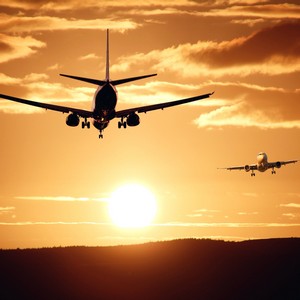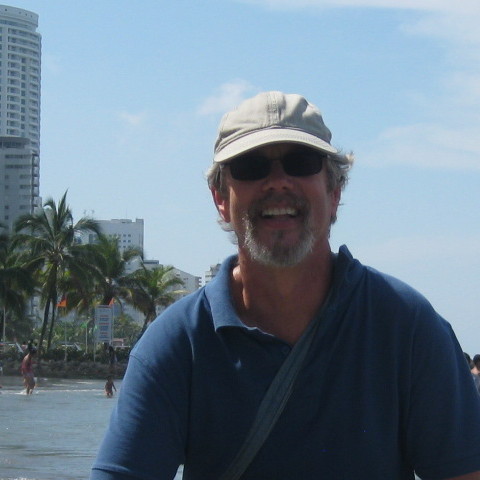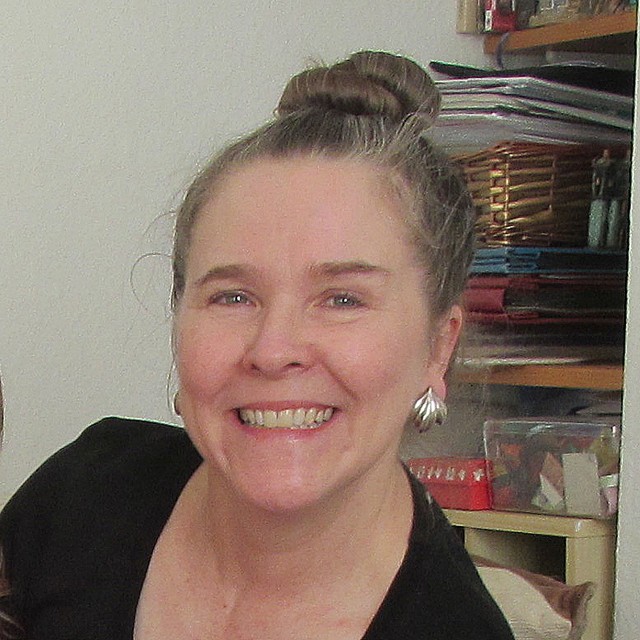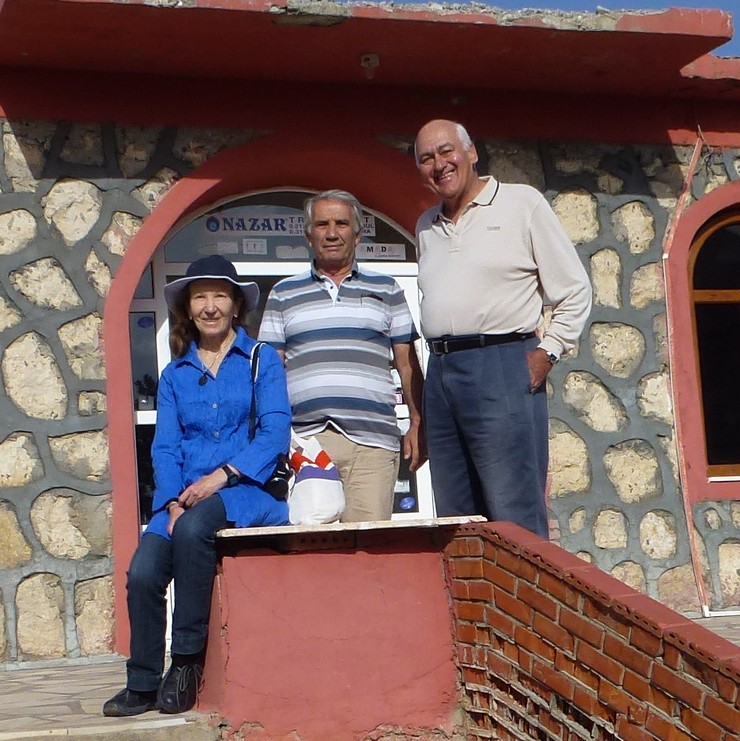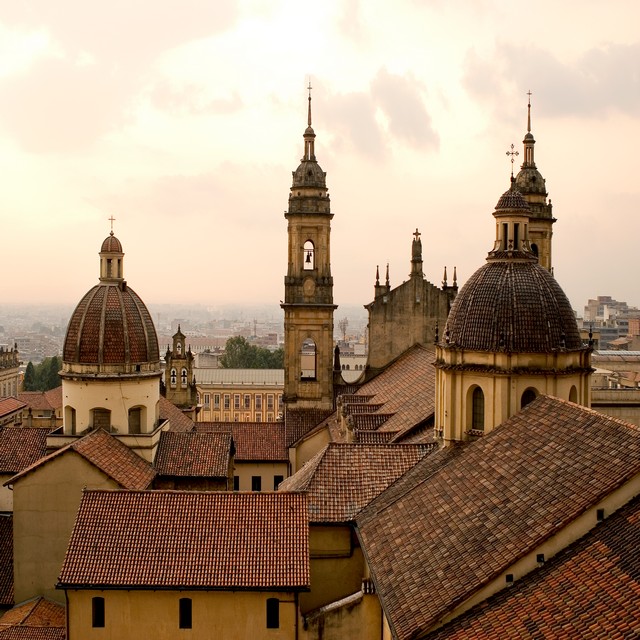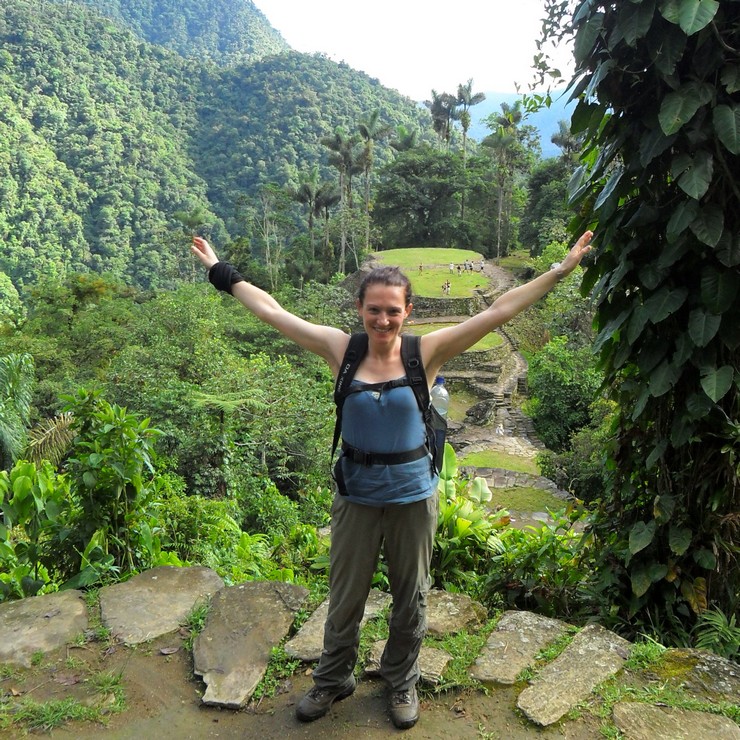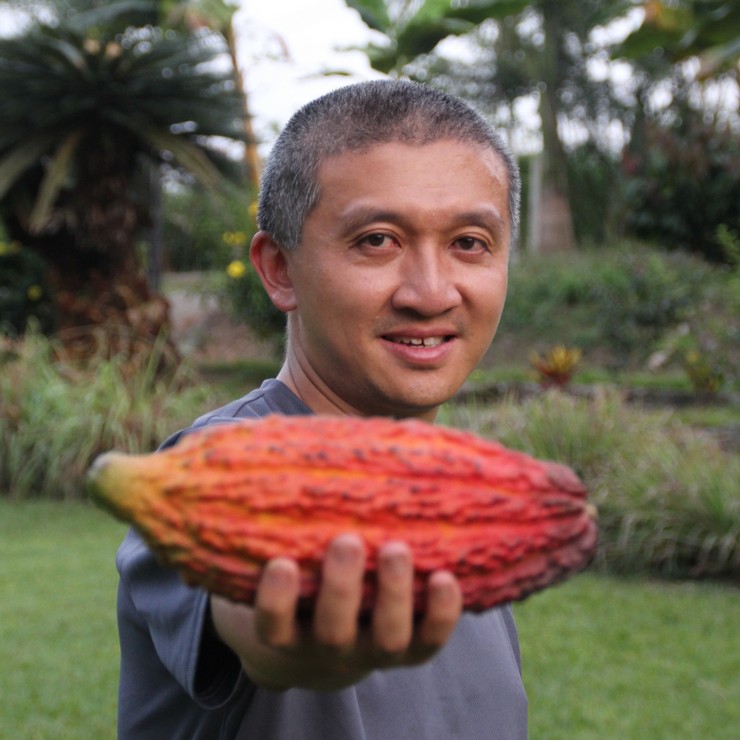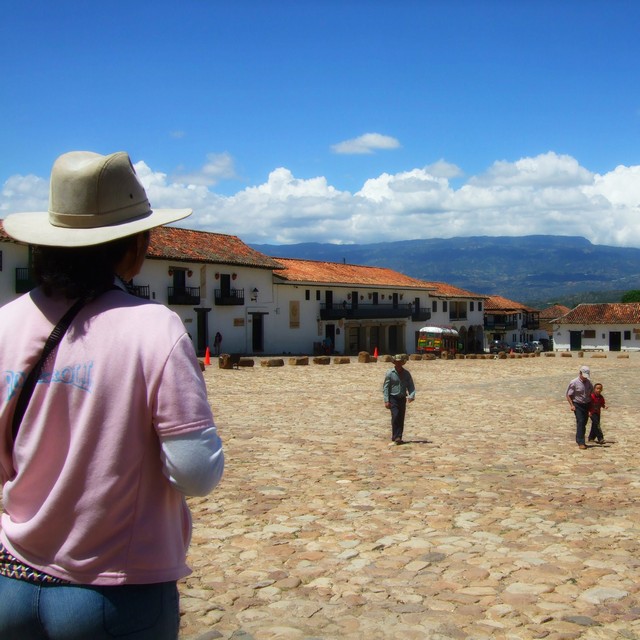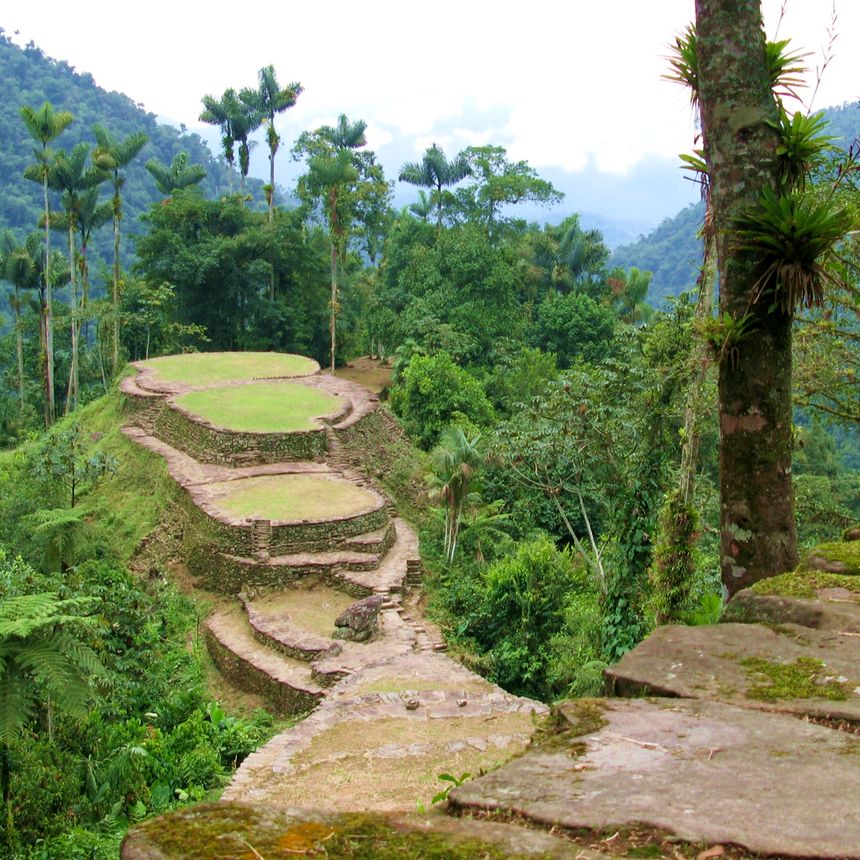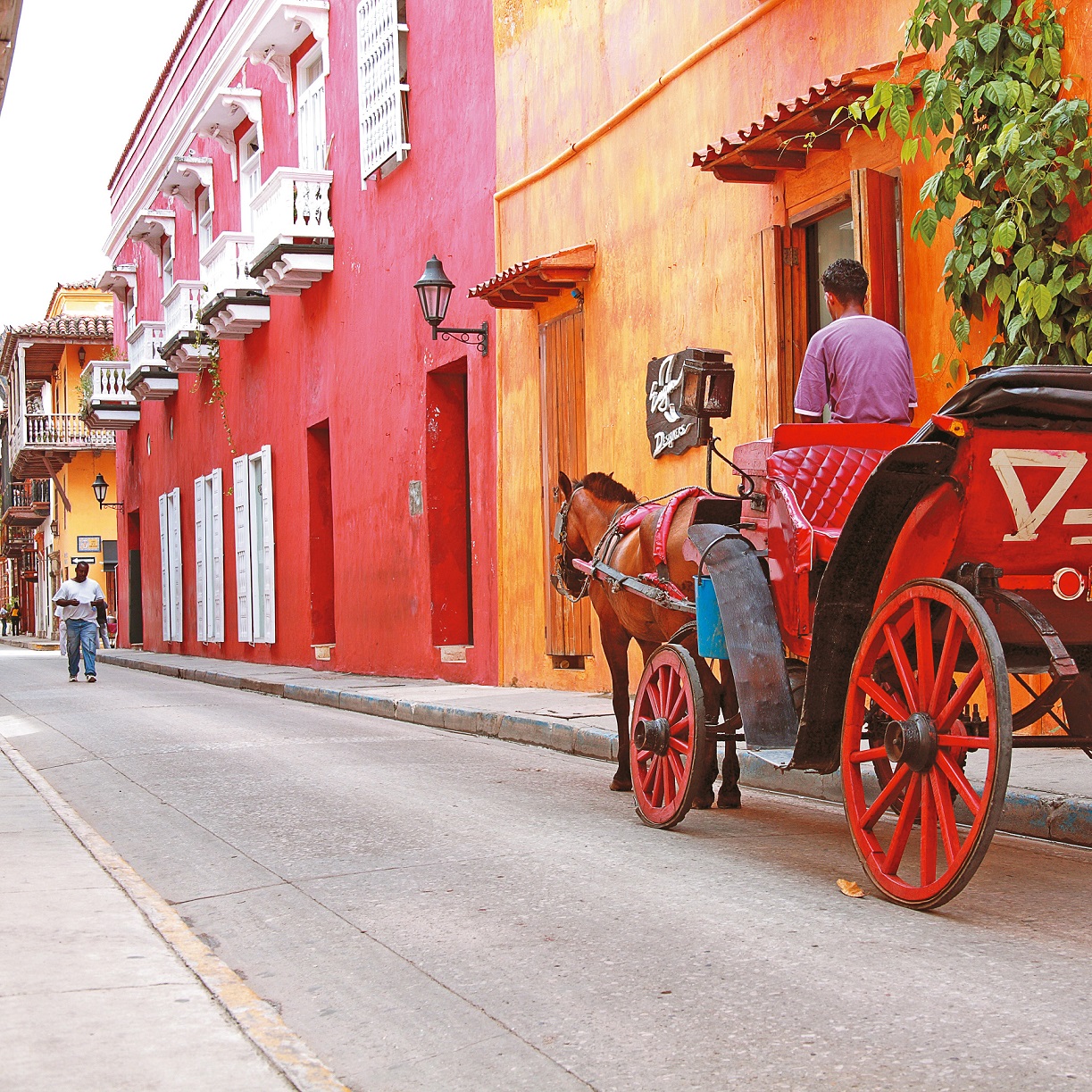After breakfast, we leave for the Valle de Cocora in the central mountains of the department of Quindío. Upon arrival in the valley, the options are either to hike in, or on horseback (not included), to the cloud forest to enjoy the biodiversity of flora and fauna. On the return journey, we cross the River Quindío along an ecological pathway that takes you past the tallest wax palms in the world. Learn why the indigenous people here worship this tree. Afterwards, enjoy a typical lunch, after which you can soak up the surrounds with some free time.
In the afternoon, continue 10 km towards the traditional town of Salento to enjoy a tour that takes in the Plaza de Bolívar with its colourful balconies, Calle Real, handicrafts shops, and the Cocora viewpoint. Subsequently, you’ll be taken onward to the village of Filandia to enjoy a tour that includes a viewpoint, colonial homes, the Plaza de Bolívar and the coffee shops. Here, enjoy some time absorbing the regional atmosphere, and perhaps some local spirits before returning to the hotel.
n.b. Cocora Valley and Salento can be very popular during the high season.
Overnight in Sazagua Hotel, Pereira
Meal plan: Breakfast & lunch
In a country full of beautiful landscapes, the Valle de Cocora stands out as one of the most picturesque. The valley stretches east of Salento into the lower reaches of Parque Nacional Natural de los Nevados. Everywhere, you’ll see the famous Quindian wax palm, Colombia’s national tree and the largest palm in the world (up to 60 metres tall). Valle de Cocora is also home to a trout farm and the trout dishes are particularly good. The endemic fauna is semi-mythical: mountain tapirs, spectacled bears, pumas, sloths, yellow-eared parrots, black-billed mountain-toucans, Andean condors and hummingbirds. Wow!
Filandia and Salento are two small pretty colonial style villages in the coffee region of Colombia, both set in stunning surroundings. Salento is the oldest village in the Quindio region with cobblestone streets and a wealth of restaurants, cafés and bars. Filandia is home to the beautiful María Inmaculada church. Its streets lined with colourful buildings with wooden balconies.
